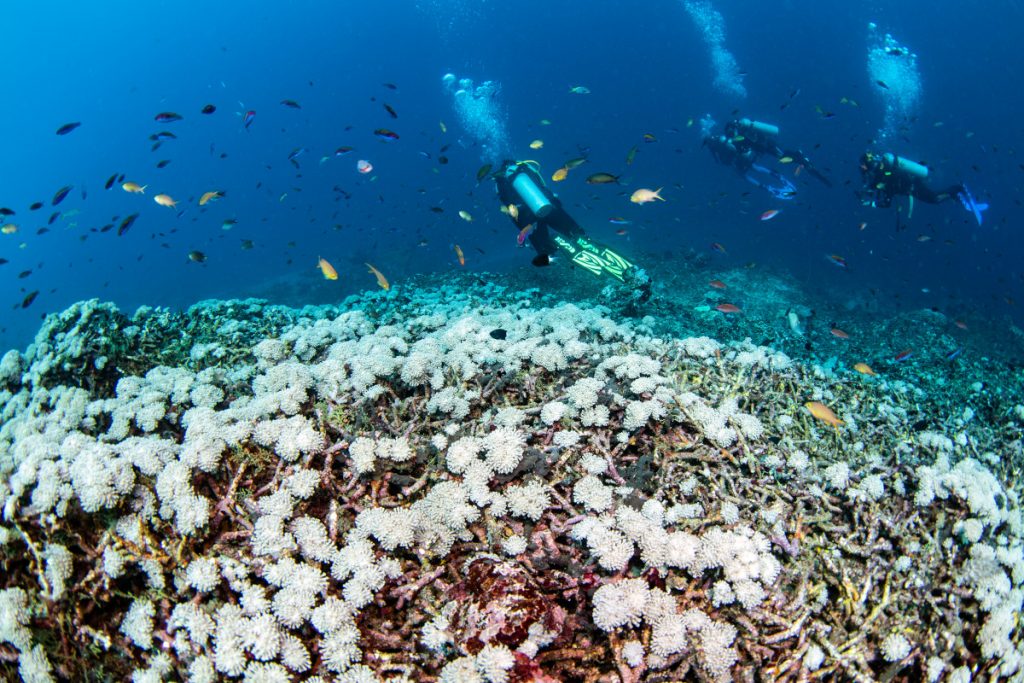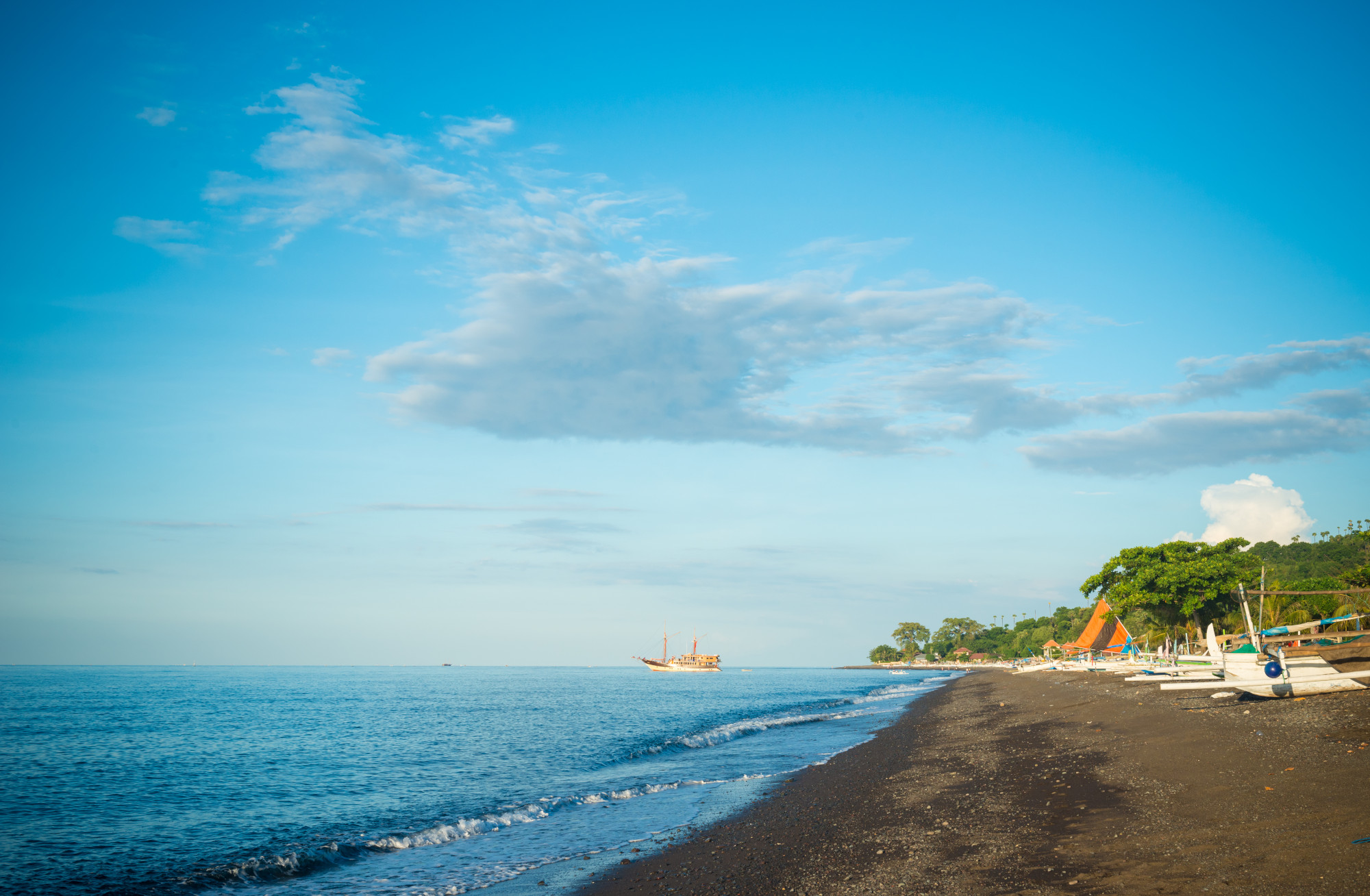
Many divers avoid ocean currents because they are considered to be a nuisance, if not dangerous, as they move divers in unpredictable ways.
Drift divers, on the other hand, work with these natural resources rather than against them; they purposely find themselves in areas with steady lateral currents to safely and effortlessly glide across the seafloor.
If you love watching videos of drift divers coasting along reefs, “swimming” along schools of fish gracefully and with control, then we have good news:
You can apply for the PADI Drift Diver specialty course at Blue Season Bali.
Expert Drift Diving Tips
In the PADI Drift Diver specialty course, you will learn how to perform basic drift diving with the following skills:
- Using floats, lines, reels, reef hooks and buoys to navigate and resurface safely
- Buoyancy control – you want to master neutral buoyancy first.
- Overview of how currents are formed to help you identify safe currents for drift diving
- Staying close to a buddy and not drifting too far from the main group.
Once you feel confident in these skills, you can learn more about streamlining your drift diving experience.
1. Organizing your equipment
Some currents flow between reefs that are spacious enough for safe passage, but narrow enough that constant navigational adjustments are needed to avoid contacting anything.
It is advisable that your equipment is organized such that the hoses do not dangle loosely, which can potentially get caught on protruding features of the reef. Use clips for your BCD and intermediate pressure hoses. Use a quick-release necklace for your octopus, since you need to access it quickly in case of an emergency.
Make sure the sharp end of your reef hook is stowed away from you but is still accessible for quick use.
2. Master neutral buoyancy
You will practice this skill in the PADI Drift Diver specialty course, but it’s not enough to adjust neutral buoyancy only once per dive session. You can use your BCD to its fullest design, by adjusting buoyancy as you drift.
It’s a bit like controlling your vertical position without swimming, kind of like a submarine. This can be done safely when your trajectory is clear with no obstacles like reefs or walls.
3. Stopping by swimming
Use your reef hook only to ‘park’ yourself in a secure stationary position. However, if you want to ‘brake’, which always happens out of necessity, DO NOT use your reef hook. You will risk damaging the reefs, hurting yourself, or harming others.
The obvious solution is to swim against the current. But sometimes the direction of the current is not obvious, particularly if you have lost your focus during the drift (it happens, no big deal).
When this happens, recentre your awareness and observe the surrounding biota. Schools of fish tend to face against the current so they can swim effortlessly while remaining stationary.
At Blue Season Bali, we organize our PADI course so that you waste no time with the absolute basics. You will complete an independent study prior to the course. You will learn from the PADI Adventures in Diving standard manuals about drift diving, and once you arrive at our office, an Instructor will check your knowledge. After a maximum of three dives, you will be certified!
To know more about our PADI programs, get in touch with us.



